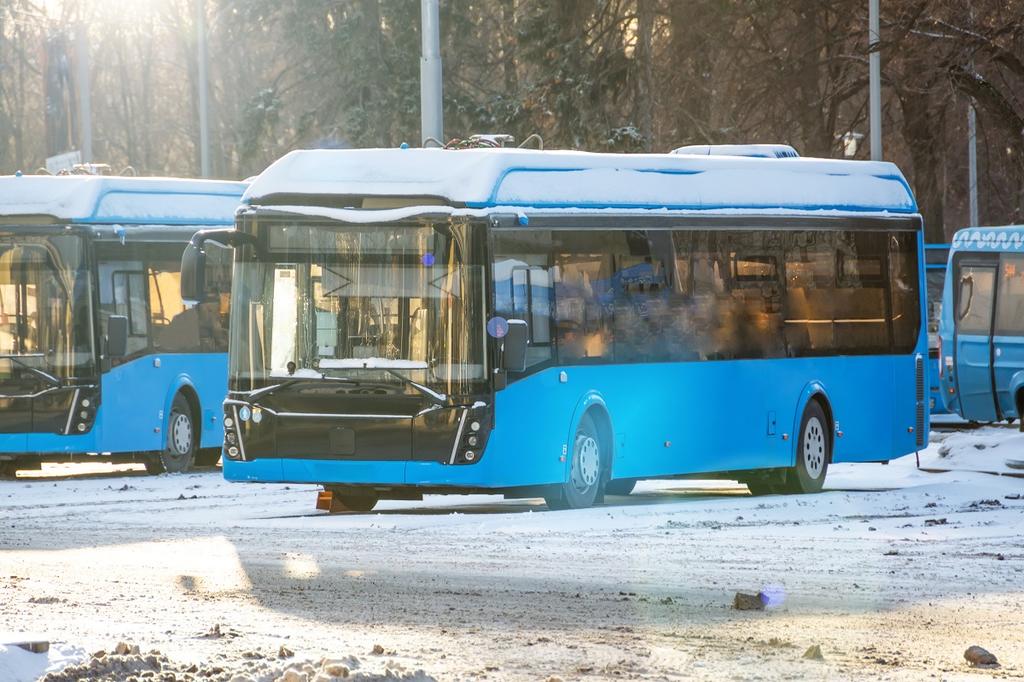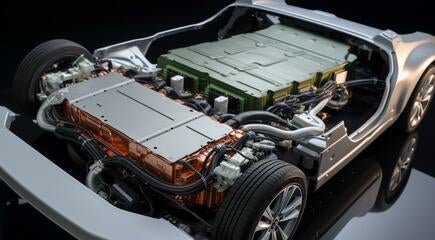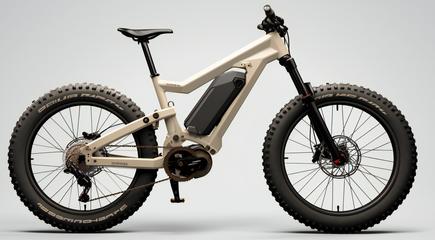Impact of Climate on the Range of Electric Vehicles

Electric vehicles (EVs) are a key piece in many governments’ plans to reduce carbon emissions. As more are deployed in a wider range of climates, we are learning about the effect of those climates on EVs. This blog will look at the impact of climate on EV performance, the issues that it can create and some solutions being deployed.
Ambient temperature effects range
While all vehicles are impacted by temperature, EVs are particularly vulnerable due to their battery-centric systems. Batteries work through a chemical reaction which slows down at lower temperatures, resulting in lower efficiency.
An even bigger problem is warmth. Without an internal combustion engine (ICE) to create heat, an EV draws power from the battery to warm the cabin. Cold temperatures mean windows fog up, requiring an electric defogger. Winter brings longer nights, resulting in headlights being used more. Cold tires and driving through snow and slush increase rolling resistance. Using the AC on hotter days pulls more power from the battery. Even the battery thermal management system has to work harder in temperature extremes. All of these contribute to higher power draws from the battery, leaving less power to propel the vehicle.
External temperature can have a dramatic impact on range
EV manufacturers only publish range data at nominal temperatures, but there have been a few studies that examine the impact of the climate on usable range.
A recent UK study of electric cars showed cold weather can reduce the range by up to 30%. A 2019 study from the American Automobile Association (AAA) in the US tested five car models at 20°F and found the range was cut by 12% without heating in the cabin and dropped further to 41% with heating.
Consumer Reports (CR) studied multiple short trips (2019) and also highway driving (2023). The short trip test showed a drop of 50% in range, attributed to repeatedly heating up the cabin. Highway driving showed a drop of 30 to 35% in range at an ambient of 16°F. Testing on a hot day of 95°F, resulted in a 4% drop without air conditioning and 17% drop in range when using AC.
These tests show that colder weather is more of a concern than warmer weather. Heating and cooling are the main culprits and range reductions of 30% in moderate cold and up to 50% in colder regions should be expected.
Challenges for public buses
Electric buses haul more weight and operate longer hours than electric passenger cars, making them a great case study on the weather challenges facing battery-powered vehicles.
Ideally buses are in use almost constantly throughout the day. Buses also have a larger demand for heating (or cooling) as each time a bus makes a stop, the doors open, acclimatized air is lost, and a new batch of air needs to be heated or cooled. And, while a full bus will benefit from the warmth of its passengers in the winter, during the summer they will place an extra strain on climate systems.
Let’s look at lessons learned from some case studies from cooler climate electric bus installations, as cold weather has a larger impact on EV than warm weather.
Extra charging stations
In Chicago, where daily winter temperatures are on average between 25°F and 35°F, with a lowest of -9°F in 2022, the Chicago Transport Authority (CTA) started experimenting with electric buses in 2014 and plan to have an all-electric fleet by 2040.
CTA has built fast-charging stations on both ends of the No. 66 bus route to plug into the bus rooftops. Drivers constantly monitor the batteries to prevent them from being depleted and risking the bus getting stranded.

On each 10-mile one-way trip on the No. 66 route, the electric buses lose about 8% of their battery energy. In the winter, they start with approximately 100 miles of range when fully charged, and drivers are required to charge as the buses get below 50%. That means a bus can run about six trips between charges. With enough chargers, the electric buses can run all routes.
Extra heaters
Not surprisingly, the CTA reports heating as the main battery drain. To combat this, older vehicles have small diesel engines added to provide additional heat for extreme weather, taking some of the load away from the battery. New buses on order have newer, more efficient heat pumps, so they won’t need the extra heater.
Alternative planning
Juneau, Alaska is also planning to convert to 100% electric buses. The newer buses the city has on order have larger batteries and provide a 282-mile range, which is expected to drop to 182 miles during wintertime but still enough to cover all of the city’s bus routes. The city plans to use its older electric buses, which have a more limited range, on commuter routes that only run during peak hours.
Technology improvements
Companies like Letanda, an electric bus manufacturer in Quebec, Canada, are developing buses specifically designed for cold climates. These buses feature lightweight aluminum construction, heated surfaces to reduce condensation, and underfloor heating to enhance passenger comfort while minimizing energy consumption.
Electric heat pumps are replacing traditional heaters not only in buildings but in large vehicles with up to four times the efficiency. Power Integrations offer AEC-Q100 qualified InnoSwitch3-AQ and LinkSwitch-TN2Q offline switcher IC products that allow simple and efficient design of power supplies for heat pumps.
Future Outlook
With cities like Oslo, Norway, planning to convert their entire public transport fleet to electric vehicles by the end of 2023, there is ample opportunity for innovation and growth in this sector. Although initial capital spending for the new buses and charging stations is large, the electric buses are much less expensive to operate, even with the extreme weather. For example, the CTA calculates it costs $2.01 per mile to run a 40-foot-long electric bus, compared to $3.08 for a diesel bus and $2.63 for a diesel-electric hybrid.
Transit authorities are also banking on the price of electric buses to come down significantly as more are sold. In the meantime, it is essential to understand and address climate related challenges to ensure a successful transition to a greener future. By focusing on solutions and embracing technological advancements, electric buses can become a reliable and eco-friendly mode of public transportation, regardless of the weather.
Power Integrations supports the development of electric buses with SCALE EV gate driver boards. The single-board solution for automotive traction inverters is both AEC-Q100 qualified and ASIL certified. It provides a full range of functional safety features, including active discharge, active short circuit function and pre-testing of short circuit detection.
SCALE EV boards are designed to meet very large creep and clearance distances, enabling designs to comply with requirements of reinforced isolation, saving months of development and qualification time. Watch this video to learn more.





